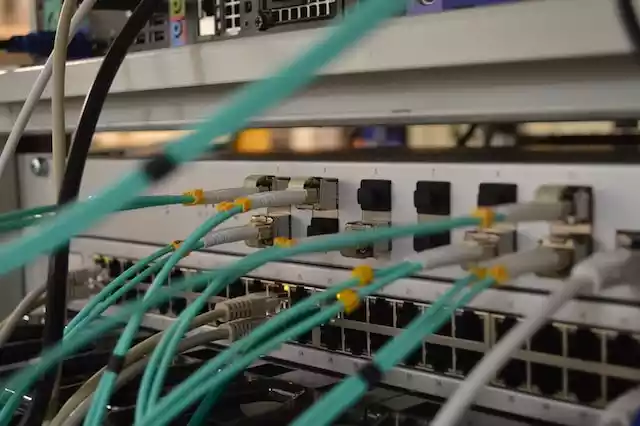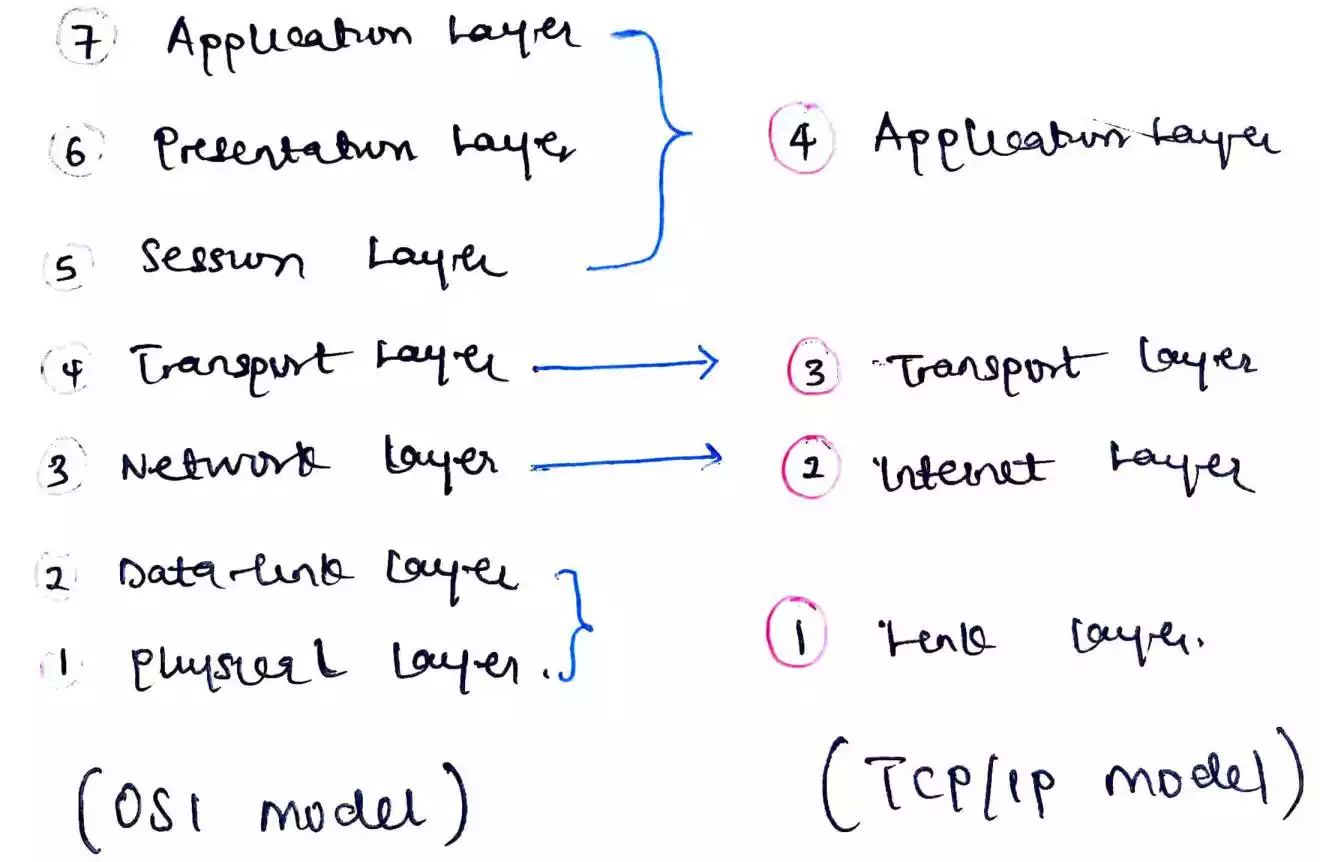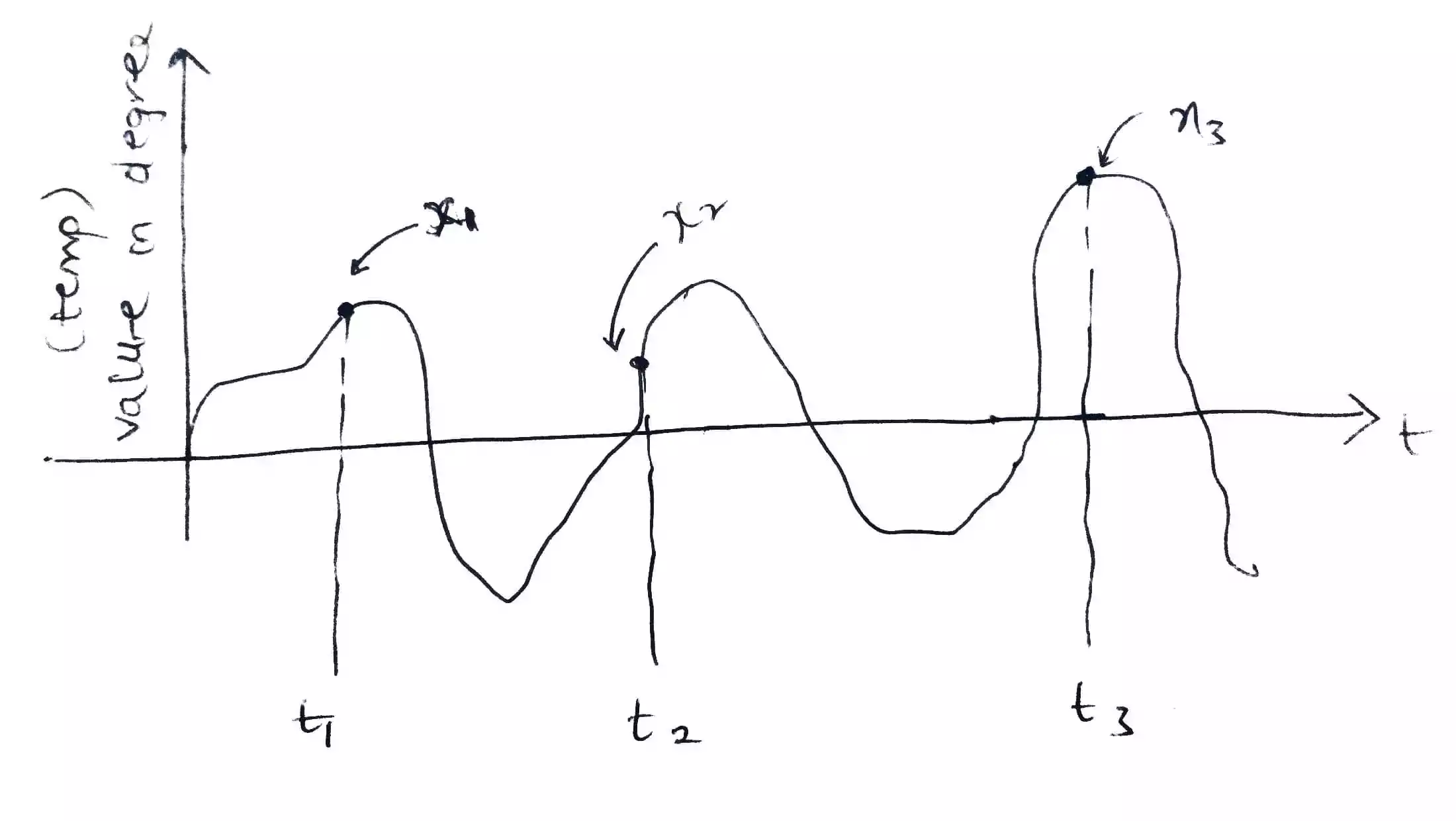Optical Sources in Optical Fiber Communication
An optical source is a device that generates light which carries information through an optical fiber cable. Optical sources are an essential component of optical fiber communication systems.
There are mainly two types of optical sources used in optical fiber communication systems -
- Light-emitting diodes (LEDs) and
- Laser diodes (LDs)
Other types of optical sources used in optical fiber communication include, superluminescent diodes (SLDs) and semiconductor optical amplifiers (SOAs).
What Are Light-emitting Diodes (LEDs)?
LEDs are like tiny light bulbs or semiconductor devices that emit light when electricity (or current) is passed through them. They are typically used in short-distance optical fiber communication systems because they are inexpensive, have a long lifespan, and consume low power.
However, they have limitations in terms of the amount of data they can transmit because LEDs have a wide spectral width, which limits their bandwidth and makes them less suitable for high-speed optical communication.
What Are Laser Diodes (LDs)?
Laser diodes are diodes that emit a concentrated beam of light that is much more powerful and efficient than LEDs.
They are the most commonly used optical sources in long-distance optical fiber communication systems because they can transmit information at high speeds and over longer distances without needing amplification.
Read on: Why Is Laser Used in Optical Fiber Communication?
There are two main types of laser diodes used in optical fiber communication systems -
- Edge-emitting laser diodes, and
- Vertical-cavity surface-emitting laser diodes (VCSELs).
Edge-emitting laser diodes emit light in a narrow beam that is perpendicular to the plane of the diode. They are commonly used in long-distance optical fiber communication systems because they have a high output power and a long operational lifespan.
Vertical-cavity surface-emitting laser diodes (VCSELs) emit light perpendicular to the surface of the semiconductor chip, making them more compact and efficient than edge-emitting laser diodes. They are commonly used in short-distance optical fiber communication systems because they have a smaller form factor, lower power consumption, and lower cost.
Other Types of Optical Sources Used in Optical Fiber Communication
Superluminescent diodes (SLDs) are a type of broadband semiconductor optical source that emits light over a wide range of wavelengths, making them suitable for optical coherence tomography (OCT) and other applications that require broadband light sources.
Semiconductor optical amplifiers (SOAs) are semiconductor devices that can amplify optical signals without converting them to electrical signals, making them useful for signal amplification and reshaping in optical fiber communication systems.
In general, the selection of an optical source in an optical fiber communication system depends on the specific requirements of the system, such as the distance of the transmission, the bandwidth required, and the cost of the components.




